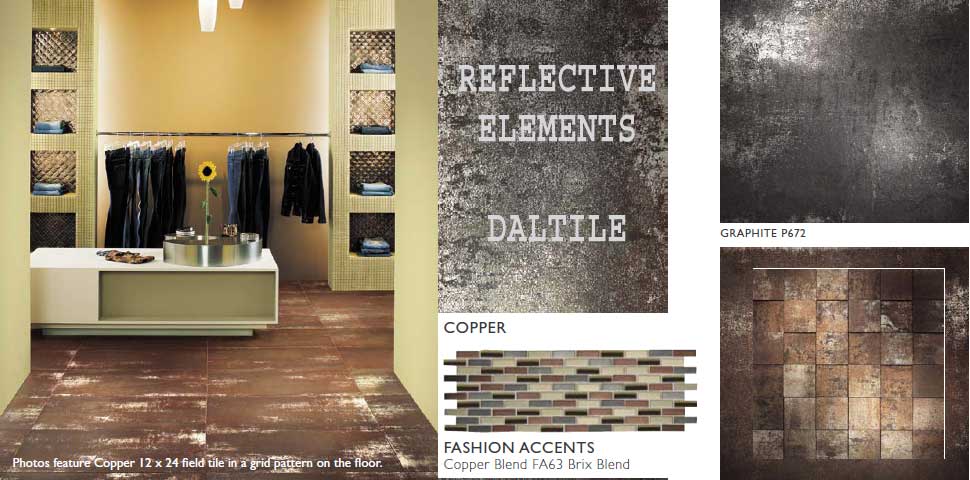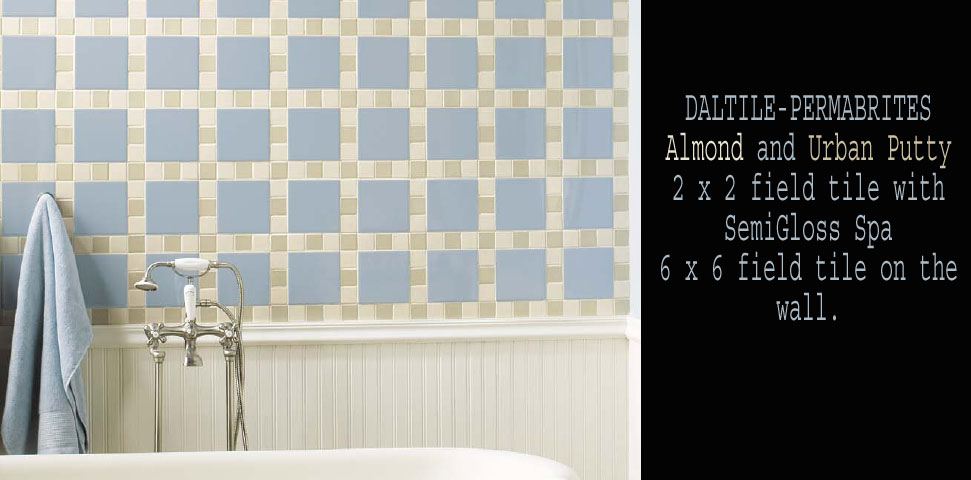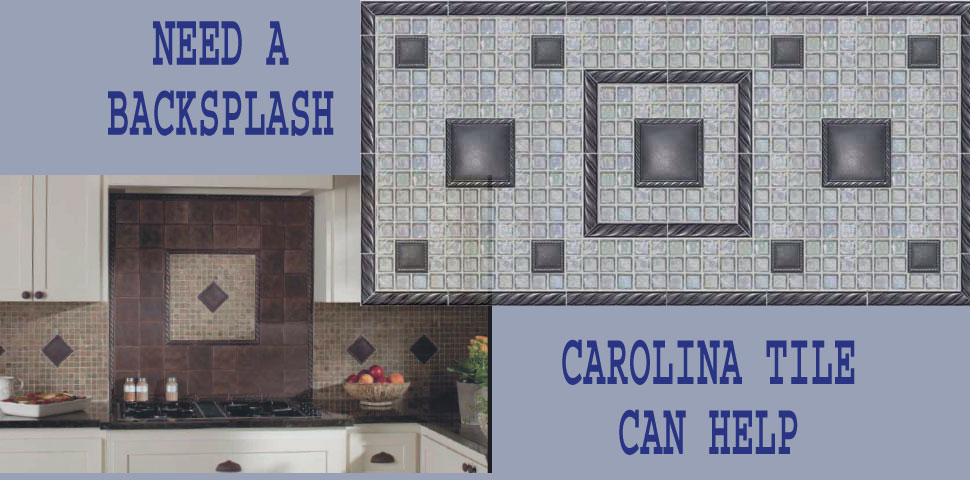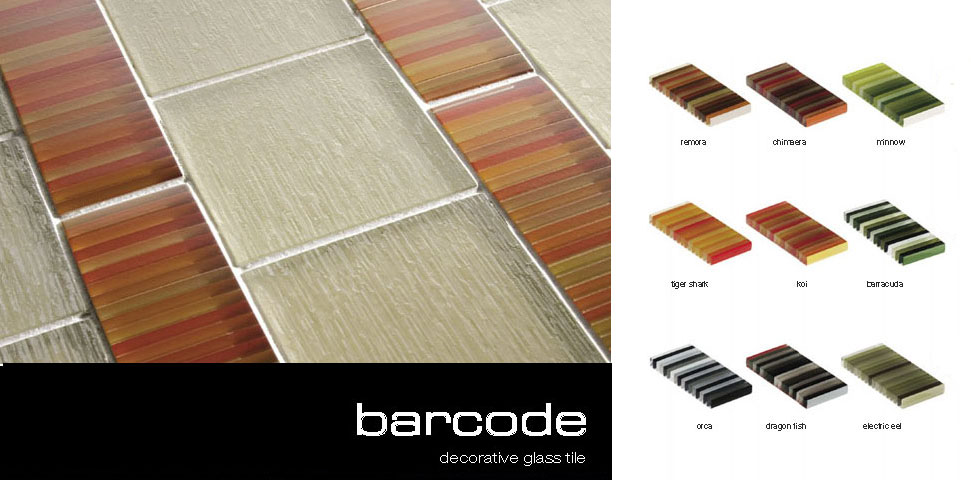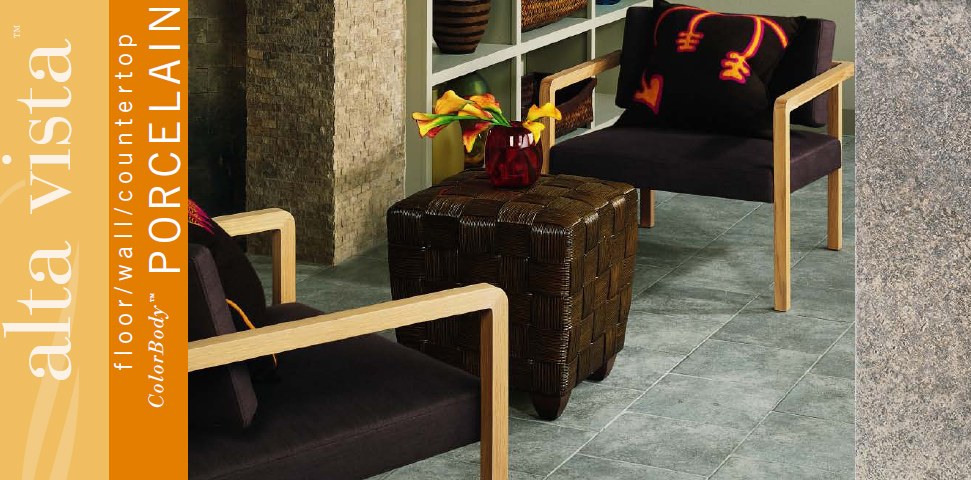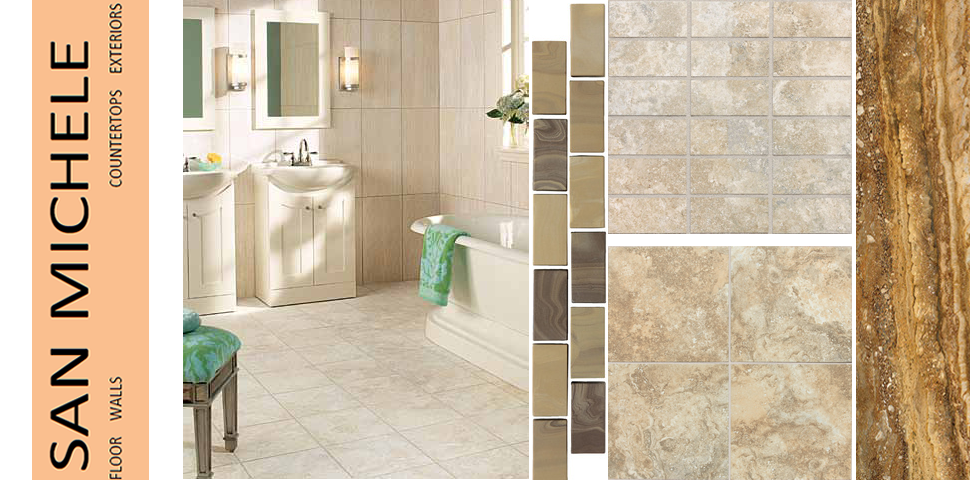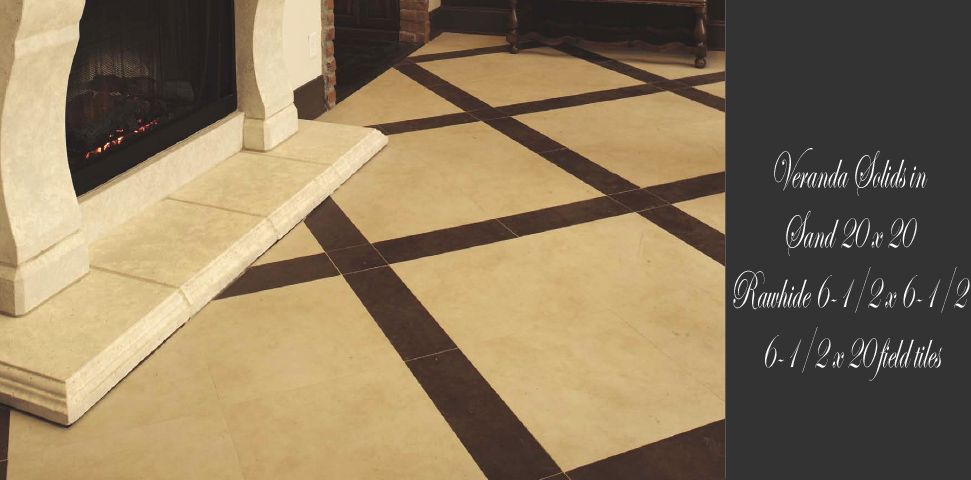Tilesetters use measuring devices and levels to ensure that the tile is placed in a consistent manner. To set tile, which generally ranges in size from 1 inch to 12 or more inches square, tilesetters use cement or “mastic,” a very sticky paste. When using cement, some tilesetters nail a support of metal mesh to the wall or ceiling to be tiled. They use a trowel to apply a cement mortar—called a “scratch coat”—onto the metal screen, and scratch the surface of the soft mortar with a small tool similar to a rake. After the scratch coat has dried, tilesetters apply another coat of mortar to level the surface, and then apply mortar to the back of the tile and place it onto the surface.
To set tile in mastic or a cement adhesive, called “thin set,” tilesetters need a flat, solid surface such as drywall, concrete, plaster, or wood. They use a tooth-edged trowel to spread mastic on the surface or apply cement adhesive, and then properly position the tile. Because tile varies in color, shape, and size, workers sometimes prearrange tiles on a dry floor according to a specified design. This allows workers to examine the pattern and make changes. In order to cover all exposed areas, including corners and around pipes, tubs, and wash basins, tilesetters cut tiles to fit with a machine saw or a special cutting tool. Once the tile is placed, they gently tap the surface with their trowel handle or a small block of wood to seat the tile evenly.

 When the cement or mastic has set, tilesetters fill the joints with “grout,” which is very fine cement. They then scrape the surface with a rubber-edged device called a grout float or a grouting trowel to dress the joints and remove excess grout. Before the grout sets, they finish the joints with a damp sponge for a uniform appearance.
When the cement or mastic has set, tilesetters fill the joints with “grout,” which is very fine cement. They then scrape the surface with a rubber-edged device called a grout float or a grouting trowel to dress the joints and remove excess grout. Before the grout sets, they finish the joints with a damp sponge for a uniform appearance.
 Marble setters cut and set marble slabs in floors and walls of buildings. They trim and cut marble to specified size using a power wet saw, other cutting equipment, or handtools. After setting the marble in place, they polish the marble to high luster using power tools or by hand.
Marble setters cut and set marble slabs in floors and walls of buildings. They trim and cut marble to specified size using a power wet saw, other cutting equipment, or handtools. After setting the marble in place, they polish the marble to high luster using power tools or by hand.

